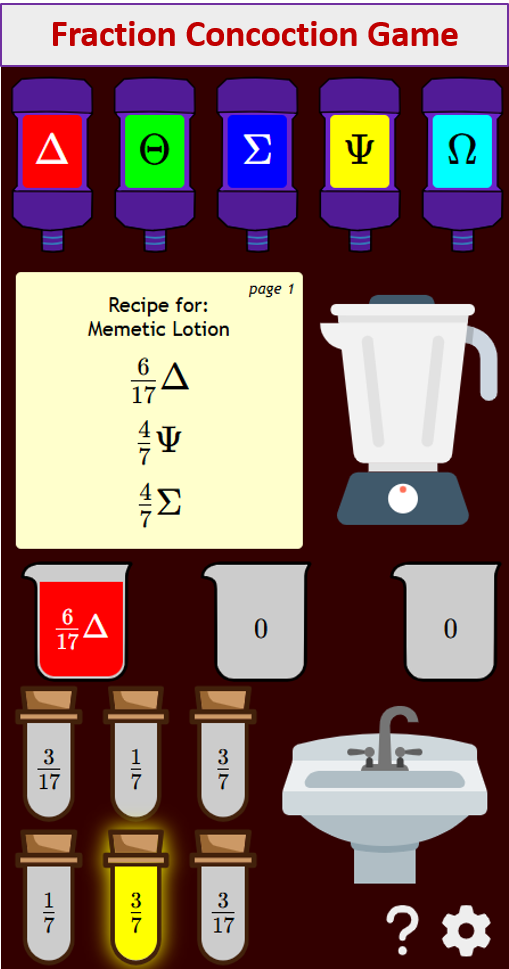Chemical Reaction Rates
In these lessons, we will learn
- Collision Theory
- Reaction Rates Factors
- Reaction Mechanism
Collision Theory
Collision theory is a model for explaining chemical reactions and reaction rates using the interactions of particles within the reactants. There are three important parts to collision theory, that reacting substances must collide, that they must collide with enough energy and that they must collide with the correct orientation. Increasing the kinetic energy of these particles or decreasing their volume increases the frequency of collisions and speeds a reaction.
How chemists use collision theory to understand reactions and explain reaction rates?
Collision Theory
Explanation for how particles interact to cause a reaction and the formation of new products.
Reaction Rates Factors
There are several factors that affect reaction rates. Their effects can be explained using collision theory. These factors are the nature of the reactants, concentration, surface area, temperature and catalysts. Each of these factors increases reaction rate because they increase the number or energy of collisions.
The factors which affect the rate of a reaction.
How catalysts, inhibitors, temperature, pressure, concentration and surface area affect the rate of a chemical reaction?
How 5 major factors influence rate of reaction?
Temperature, Concentration, Surface Area, Catalyst and the nature of the Reactants.
This lesson also looks at how Temperature and Catalysts effect the kinetics of a reaction, using Boltzmann diagrams of the molecular Kinetic Energy.
Reaction Mechanism
A reaction mechanism is a series of steps which allows complex reactions to proceed. Explained in terms of collision theory, it is unlikely for more than two particles to collide at the same time with the proper orientation, so reactions involving several reactants are actually composed of several simpler reactions happening in close succession. Often an a substance which is created in one step and used in the next, called an intermediate, is formed.
How complex reactions proceed in several steps using reaction mechanisms?
Process of chemical reactions, from the effective collisions to the pathway a reaction takes
Introduction to Reaction Mechanisms. Addition reaction to an alkene.
Try out our new and fun Fraction Concoction Game.
Add and subtract fractions to make exciting fraction concoctions following a recipe. There are four levels of difficulty: Easy, medium, hard and insane. Practice the basics of fraction addition and subtraction or challenge yourself with the insane level.

We welcome your feedback, comments and questions about this site or page. Please submit your feedback or enquiries via our Feedback page.